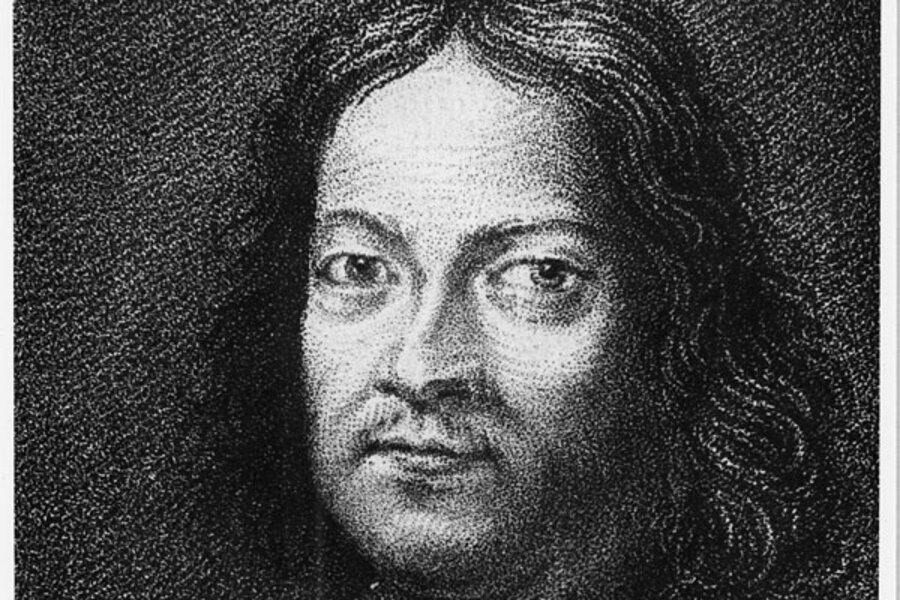Why Pierre de Fermat is the patron saint of unfinished business
Loading...
Most of history's great thinkers are remembered for their completed works. Think of Newton's Principia, Kant's Critique of Pure Reason, or Darwin's Origin of Species. These are people who slaved away for decades, each producing works that are today widely regarded as masterpieces.
Not so for 17th century French mathematician Pierre de Fermat. To be sure, Fermat accomplished many feats. He helped develop analytic geometry along with fellow Frenchman René Descartes. He planted the seed that would blossom into differential calculus. He made important contributions to optics, probability theory, and most of all, number theory. He was fluent in five languages. And he managed all of this while holding down a job as a lawyer.
But Fermat is best remembered not for what he did, but for what he left undone. One day in 1637, while perusing his copy of an ancient Greek text by the 3rd century mathematician Diophantus, Fermat jotted a note in the margins that would drive mathematicians crazy for the next four centuries.
Fermat's marginalia, which was written in Latin and later discovered by his son after he died, read: "It is impossible to separate a cube into two cubes, or a fourth power into two fourth powers, or in general, any power higher than the second, into two like powers. I have discovered a truly marvelous proof of this, which this margin is too narrow to contain."
In other words, an + bn can never equal cn , as long as a, b, and c are positive integers and as long as n is greater than two.
Go ahead and plug in some numbers for a, b, c, and n, and you'll see that they don't add up (or just take our word for it). But it turns out that coming up with a mathematical theorem proving it for every integer greater than two is really, really, really hard.
Even though he lived for another 28 years, Fermat never got around to sharing his "truly marvelous proof" with anyone, as far as we know.
Subsequent generations of mathematicians chipped away at it. Fermat himself had inadvertently proved it for n = 4, in his only surviving mathematical proof. By the beginning of the 19th century, it had been proven for n = 3, n = 5, and n = 7, but a general proof was nowhere in sight. In 1815, the great French mathematician Sophie Germain proved it for a special class of prime numbers now called Sophie Germain primes, which opened the door to further proofs.
By 1993, Fermat's Last Theorem had been solved for all prime numbers less than four million, but the universal proof remained elusive. For many years, Fermat's conjecture held a spot in the Guinness Book of World Records as the World's Most Difficult Math Problem.
It was finally solved in 1994 by British mathematician Andrew Wiles, whose proof took seven years to complete and ran over 100 pages. Wiles, who was knighted for his efforts, deployed advanced algebraic geometry that was not available to anyone in the 17th century, suggesting that Fermat took a different approach in his unpublished proof. That or he was completely full of it.
Still, if Fermat had somehow managed to publish his proof during his lifetime, he would probably not be nearly as famous as he is today. So the next time someone asks you about the dishes in the sink, the half-written novel in the desk drawer, or that '67 Camaro sitting on blocks on your lawn, simply think of Fermat, and respond that you have a truly marvelous plan to finish your project, but that the day is too narrow to contain it.





